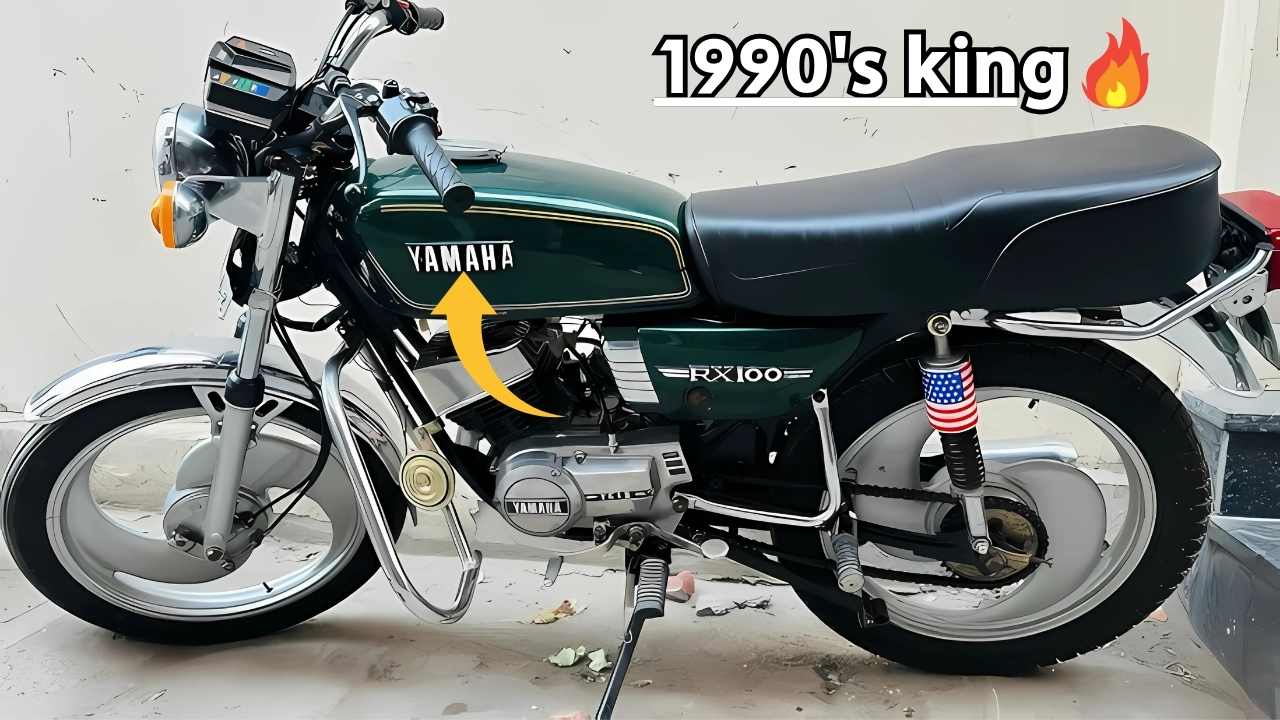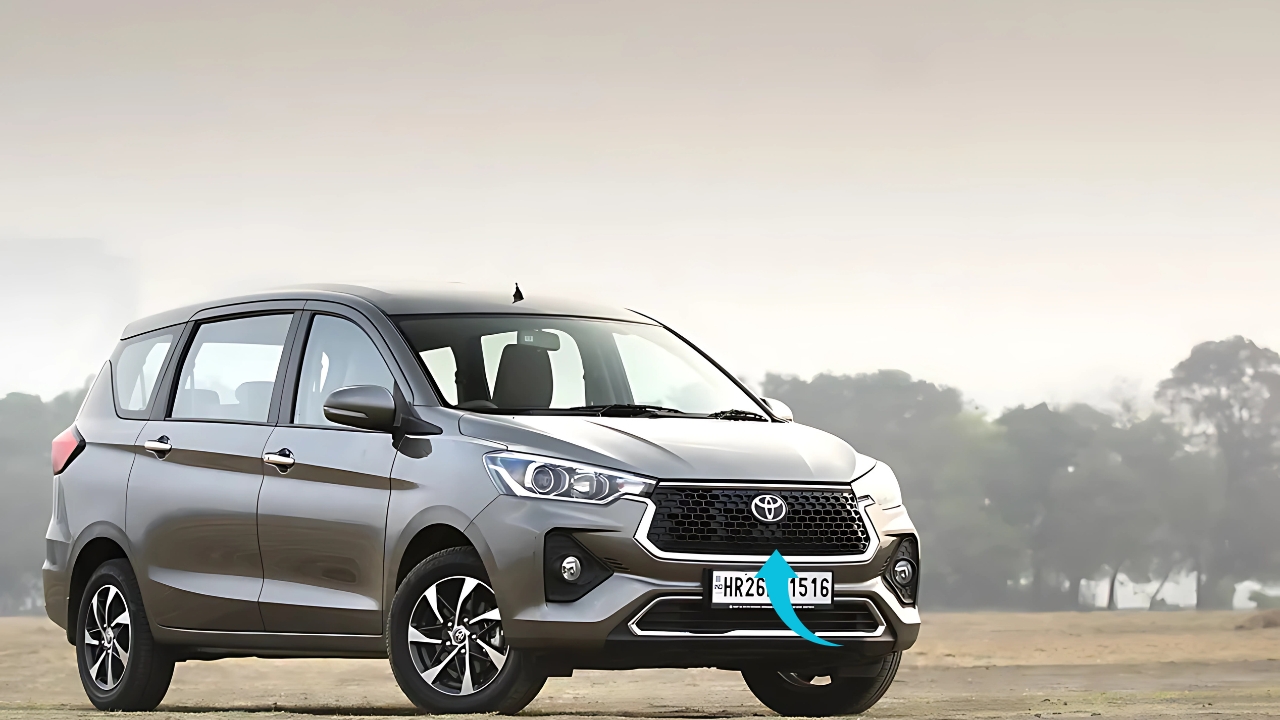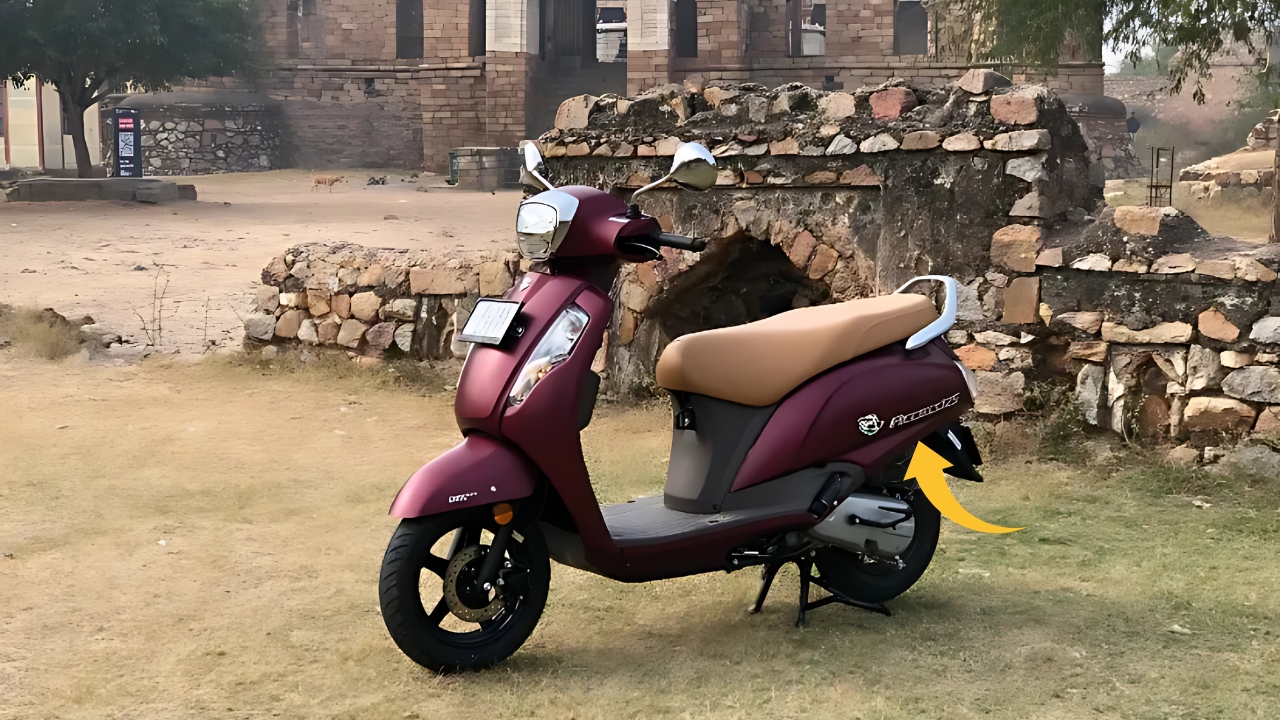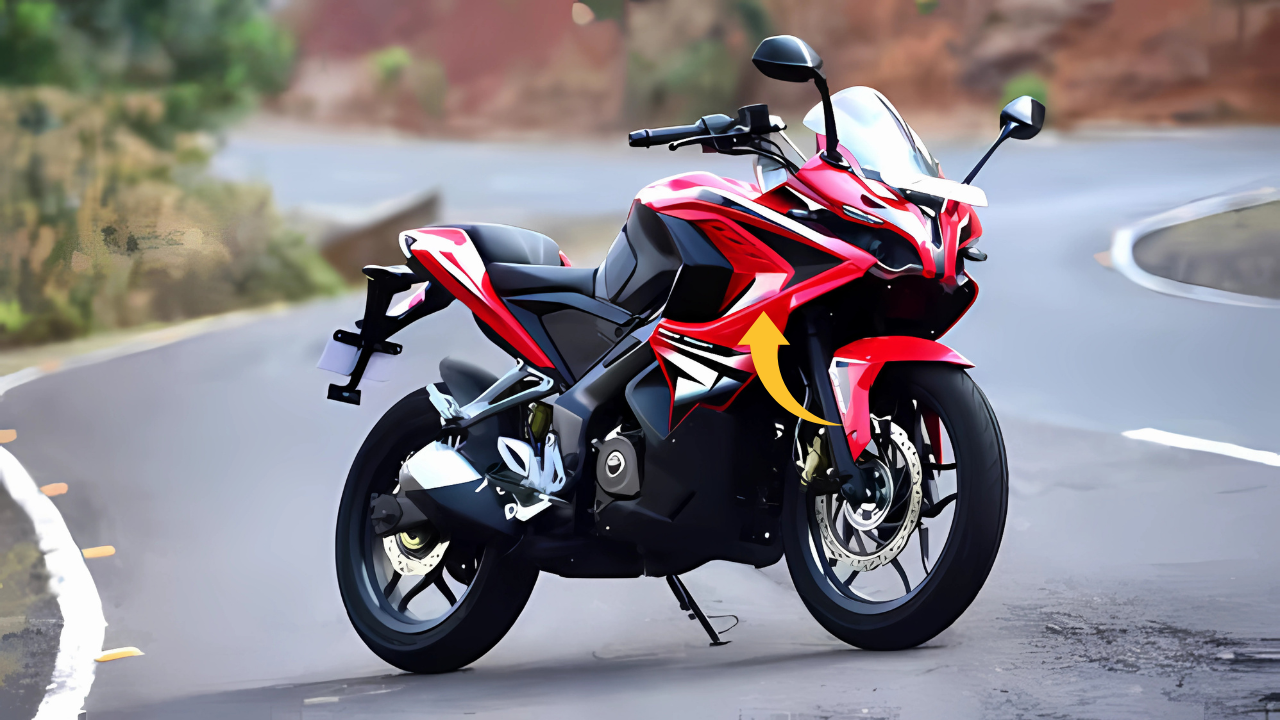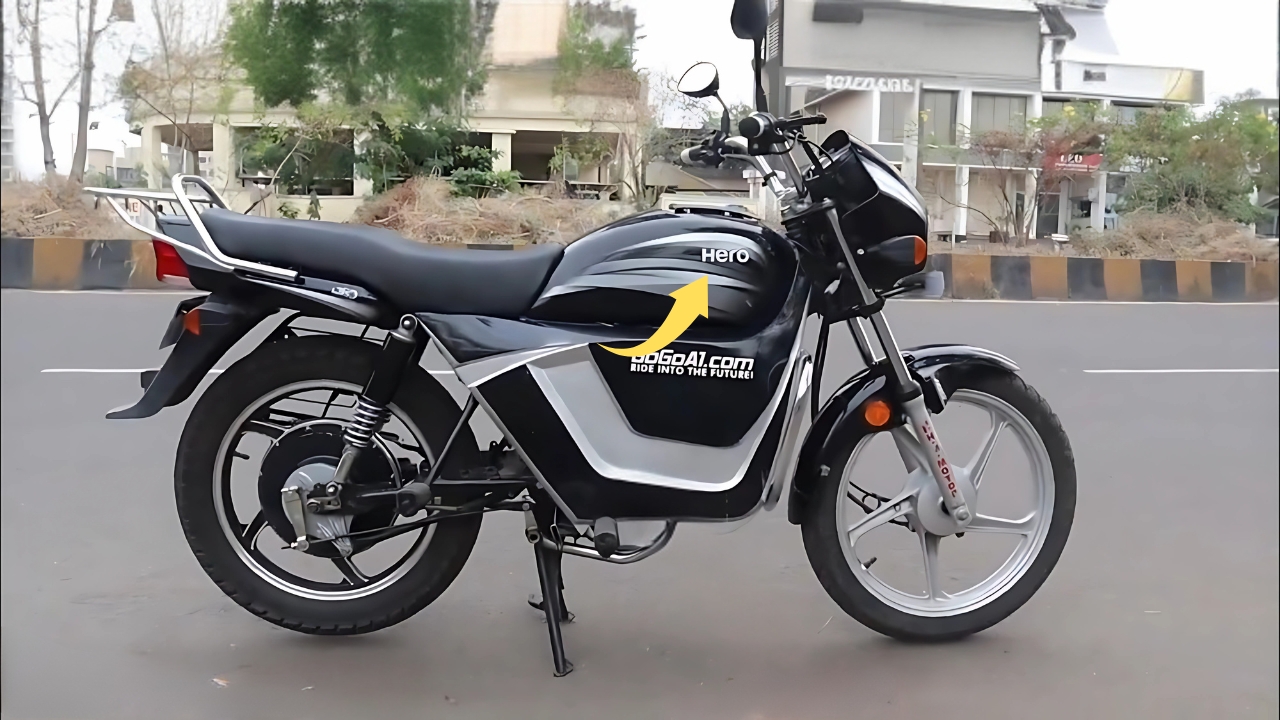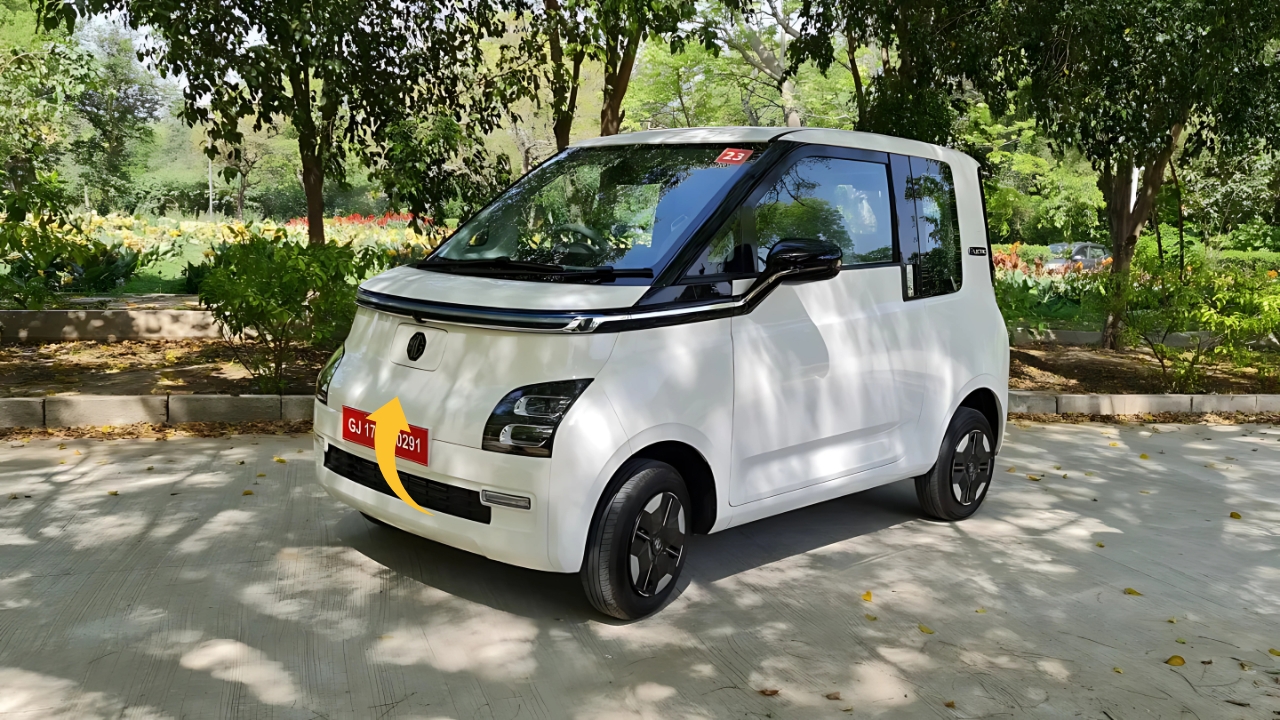Yamaha RX 100 : Word in the motorcycling circuit is that Yamaha is going to revive one of India’s most iconic motorcycles: the legendary RX 100.
The Japanese manufacturer is developing a modern day avatar of the iconic motorcycle that ruled the Indian roads in the 1990s and spawned a cult following that continues till date, while it has not been in production for several years, say industry sources and recent trademark applications.
This is more than marketing nostalgia, it’s a recognition of the tremendous cultural impact of the original RX 100 on an entire generation of riders who fondly remember, repair and hoard the last remaining examples of what is widely recognized as THE definitive Indian performance motorcycle of its time.
To these devotees, the RX 100 was more than just transportation, it was a reflection of freedom, rebellion, the spirit of youth and mechanical purity that is dwindling in the current motorcycle arena.
Table of Contents
The Legend: Why the RX 100 Became a Cult Classic
It’s stupid. To know why that is important, you need to know why the original RX 100 was so cool. The motorcycle, which was introduced in 1985, was something of a no-frills but highly effective package: a very focused 98cc two-stroke single-cylinder that put out 11 bhp, housed within a frame that only weighed 103 kg.
This power-to-weight ratio combined with a narrow, short stroke engine, yielded performance that belied its 244cc displacement, and acceleration that could shame many of the larger machines of the day.
One such fan is Rajesh Kumar, who got his RX 100 in 1992 and has been keeping it in almost new condition, “It was a magical motorcycle, it was a combination of things that made it magical.
How the engine responded, the bark of the exhaust, the Zen of simple design — It all came together just right.” When you cracked the throttle, it came on immediately, without the lash you got in other bikes. “It was honest, raw motorcycling.”
Bulletproof reliability In addition to its impressive performance chops, the RX 100 has become known for its bulletproof build quality and easy maintenance. The local garage could fix pretty much any problem with a decent socket set, and there were still parts to be found in abundance by the time production had ended.
These attributes, along with its energetic performance, proved to be a hit with college students and urban professionals looking for an inexpensive form of entertainment.
Production of the bike ended in 1996, but other models, such as the RXG and the RX 135 were all based on the RX 100 and were in production for several years.
Collectability: Examples which were well-preserved after this historic scoot’s debut have been increasing in demand, with even new-in-crate models selling for multiples of their original price - unheard of for a mid-tier Indian motorcycle.
Yamaha RX 100 A New Generation: Tradition Meets Technology
From what I’ve heard from people involved in the development, the new RX 100 should be continuing the ethos of the first, but adding the things that are necessary in a camera of today.
The most dramatic difference and one that’s born of both environmental laws and common sense is the change over from the original’s two-stroke engine to a cleaner, more effcient four-stroke mill.
ClauseContact The new bike will get a 150cc air-cooled single cylinder engine generating around 15 bhp. Whilst this is a bump in capacity over the original – not just capacity for capacity’s sake as the Yamaha engineers have apparently been fixated on providing the same power-to-weight – importantly throttle response as that which endeared the original to hoons.
Aesthetic-wise, early prototypes spotted while testing on the road seem to show an aesthetically fateful adaptation of the original. The classic model is also echoed through components such as the slim fuel tank with knee recesses, flat seat and round headlamp.
But now updated components include LED lighting, a digital-analog hybrid instrument cluster, and disc brakes with optional single-channel ABS.
“They’ve done their homework,” says Venkatesh Rao, a motorcycle restorer who has brought back to life upwards of thirty RX 100s in his Chennai workshop, after looking at leaked pictures of the prototype.
Those proportions seem to be in order, and they’re holding that slender, purposeful posture. The point was not flashy detailing — it was perfect proportions and utilitarian elegance. The new bike would appear to appreciate that heritage.”
Yamaha RX 100 Manufacturing and Pricing Policy
Really, the most interesting part of the resurrection is Yamaha’s production method. Rather than positioning the new RX 100 as a limited edition collector’s piece with a prohibitive price tag, it seems the company is working towards a mainstream production model that will cater to nostalgic vintage riders and also tap into the new generation of motorcycle thrill seekers.
The bike will be produced out of Yamaha’s plant located in Tamil Nadu, where a separate assembly line has been set up to accommodate the unique assembly required for the XSR155.
We’ve thought carefully about where components should come from and this will also be cost-sensible as well as quality-efficient, specifically for parts like the exhaust system that has to produce a note that’s similar to the original and yet complies with current emissions.
Potential pricing will slot the RX 100 in the hotly contested 125-150cc segment, and we expect an ex-showroom price of ₹1.2-1.4 lakh. That would put it straight up against best-sellers such as the Honda SP 125, Bajaj Pulsar 150 and TVS Apache RTR 160—a hotly-contested segment where brand legacy might play a huge role in how well it fares garnering sales.
“This pricing strategy is an indication of how much Yamaha wants to expand in the Indian market,” comments Deepak Mehta, a motorcycle industry analyst who believes it hints at Yamaha’s plans more generally: “They’re not just selling nostalgia here.
By pricing it up as part of the 150cc crowd, they’re telling us that this motorcycle should be able to walk on its own against the well settled and modern competition. The heritage thing becomes a bonus, rather than the only thing.”
Yamaha RX 100 Engineering Issues and Improvements
Creating a bike that would appeal to those diehard fans of the original who want the machines to look like they did when new, as well as meet modern standards is a huge and complex engineering challenge. Foremost among these is to replicate the unique character of original’s two-stroke motor through modern four-stroke technology.
Yamaha engineers have apparently taken some interesting approaches to counter this. The intake and exhaust have been carefully tuned in order to provide an enticing sound and the engine mapping was commissioned to deliver immediate performance rather than simply chasing peak numbers.
The gear ratios too were chosen to give this far from lazy phenomenon the urgent acceleration that was the hallmark of the original.
“We realised that a retro-looking bike with a common engine would not satisfy enthusiasts with nostalgia for an RX series bike,” says former Yamaha engineer Takeshi Watanabe, who joined the original team working on the RX series at Yamaha and consulted on the revival project.
The “soul” of the RX 100 was not where it made the power, but how it made it—directly linked from your wrist to the rear wheel. The challenge has been replicating that feeling with today’s technology.”
Chassis design has also been a key area of concentration to mirror the agile performance of the original. Even though the new model is now required to have a beefier frame to comply with today’s safety standards (as well as to hold that new engine in place), the steering geometry closely resembles that of the original.
The front suspension is localised per Retro Sport models, with traditional looking telescopic forks up-front and twin rear shock absorbers, a decision made to keep the old school essence, despite monoshocks being the current trend.
Yamaha RX 100 Market Positioning and Target customers
The marketing plan for the new RX 100 seems to focus on three separate customer segments by Yamaha.
Nostalgic first owners: A lot of people who had the bike as teenagers are now in their 40s and 50s, working professionals with money to burn and a keen sense of nostalgia for their previous motorcycle.
Youngsters in search of something real: There’s a new generation of riders that has become drawn to quirky, raw machines instead of overbuilt modern designs.
Common sense commuters who value character: The marketplace for ordinary motorbikes is quickly evolving, and people increasingly appreciate the individuality factor – and the RX 100 has a history-rich narrative that most commuters sorely lack.
“There is a huge market for motorcycles in the country and if catered to well, the demand would result in rapid growth.”uego journalist Rahul Shrivastava believes this could be a smart move: “The Indian motorcycle market has evolved now to a point where the heritage has a lot of value.
We’ve seen Royal Enfield milk it for all its worth, but they’re in another league / price bracket. “The RX 100 lands at the sweet spot — accessible enough for everyday wear but imbued with serious cultural importance that reverberates across the generations.”
As per the launch timeline, we expect to see the motorcycle at dealerships in time for the festival season with deliveries beginning in Q1 2020.
For the thousands of owners who have kept their RX 100s running over the decades and for thousands more enthusiasts who have wished for a chance to ride a legend they’ve missed by 20 years, it’s about time that Yamaha decided to do something about the only Indian bike it’s responsible for that has not only changed but gone on to define a category.
